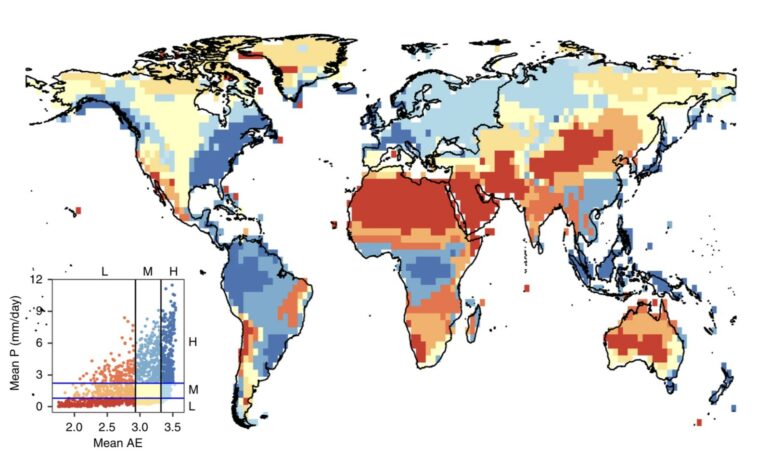Two Clemson University engineers say their research is the most comprehensive analysis so far of what causes flash drought, a weather phenomenon that has been blamed for billions of dollars in crop damage and increased wildfire risk. The work is supported by the U.S. National Science Foundation.
Civil engineers Sourav Mukherjee and Ashok Mishra believe the study could lay the groundwork for predicting flash droughts so measures could be taken to prevent or alleviate the effects.
They came up with a novel way of identifying the globe’s flash-drought “hot spots,” which include most of the eastern and central United States and a swath of the coast in the Pacific Northwest.
“This information could be used to develop a forecasting model in the near future,” Mishra said. “We can use the information from hot spots to help identify the most important precursors for flash drought.”
Mukherjee and Mishra reported their findings in the journal Geophysical Research Letters.
While standard droughts evolve slowly over months or years, flash droughts intensify quickly, sometimes in as little as a few days, with potentially disastrous results.
For example, the 2017 flash drought in North Dakota, South Dakota, Montana and Canada was the worst to hit the Northern Plains in decades, causing extensive agricultural damage and losses totaling $2.6 billion in the United States alone, according to the National Integrated Drought Information System.
As part of the research, the engineers created a way of measuring how hard each of the world’s 26 climate divisions had been hit by flash drought during the period studied. The analysis considered the number of flash-drought events, mean severity and average rate of intensification as measured by depleted soil moisture.
The result was the Multivariate Flash Drought Indicator, which boils down the potential impact of flash drought to a single number for each location.
The results suggest potential hot spots across the majority of central and eastern North America; the Amazon basin; southern and western South America; Southern, Southeastern and Eastern Asia; and Central and Northern Europe.
“Drought, including flash drought, is an immensely impactful phenomenon for our nation,” said Bruce Hamilton, a program director in NSF’s Directorate for Engineering. “This research helps to build a foundation for adapting to, and potentially mitigating these effects.”
More information:
Sourav Mukherjee et al, A Multivariate Flash Drought Indicator for Identifying Global Hotspots and Associated Climate Controls, Geophysical Research Letters (2022). DOI: 10.1029/2021GL096804
Provided by
National Science Foundation
Citation:
Hotspots shed light on ‘flash drought’ causes (2022, February 16)



